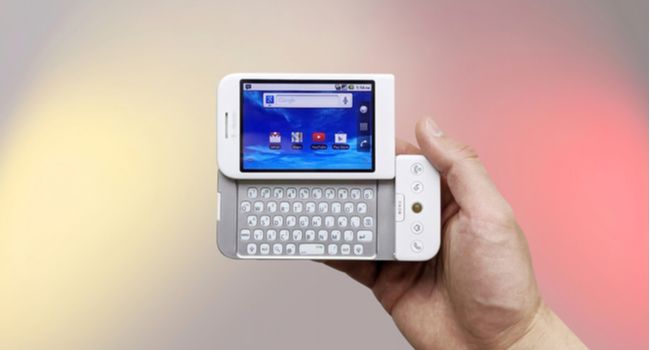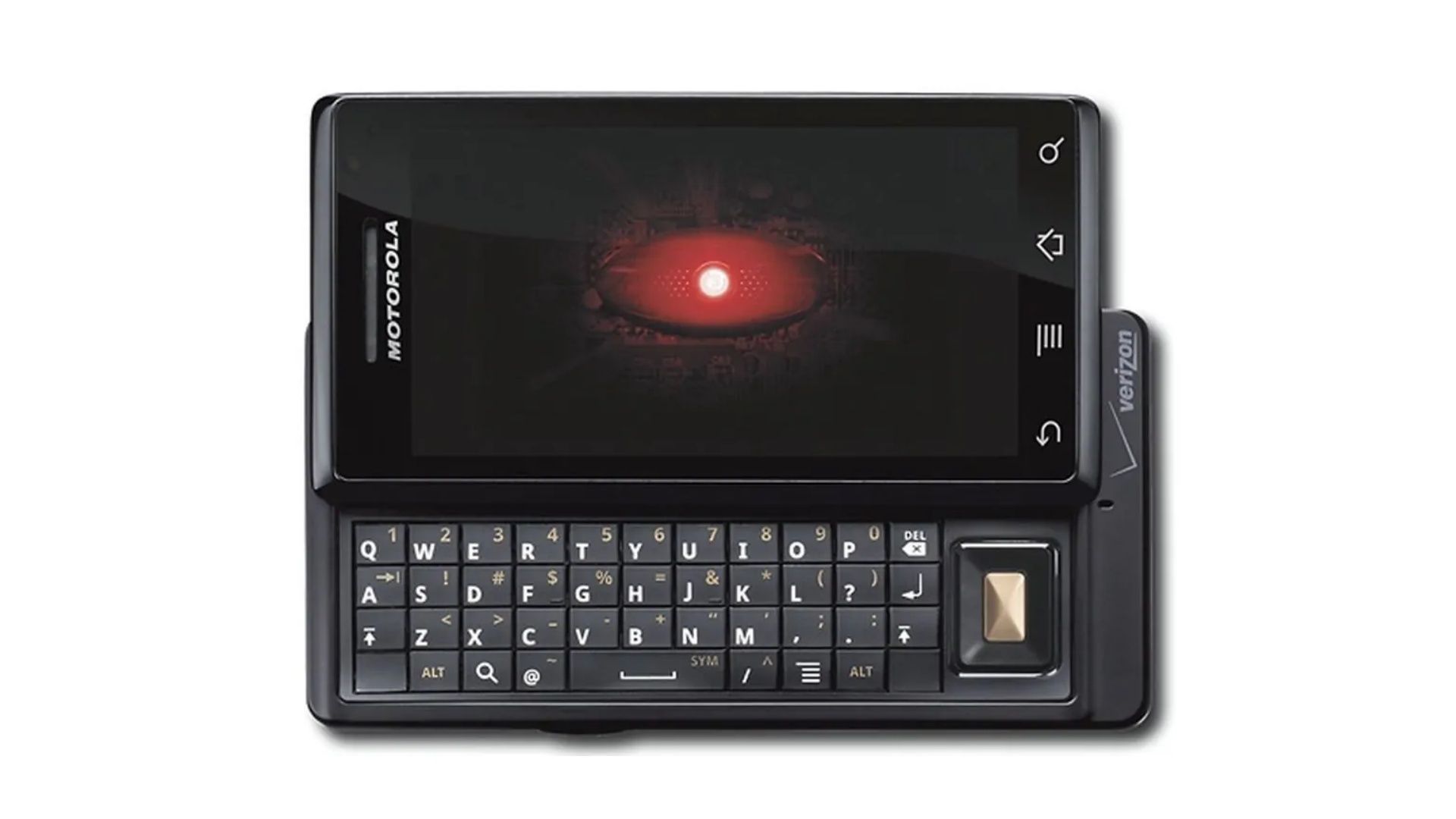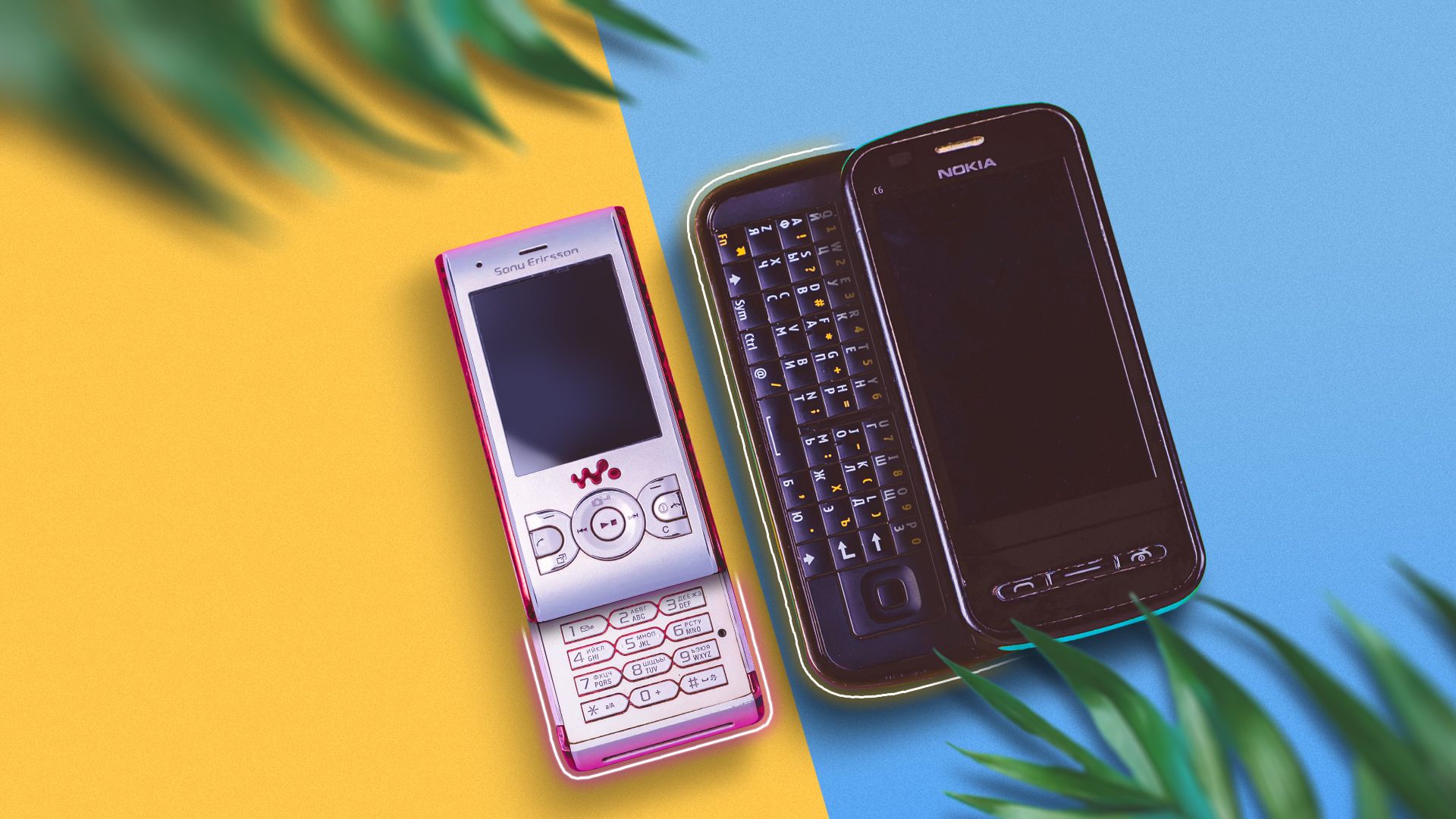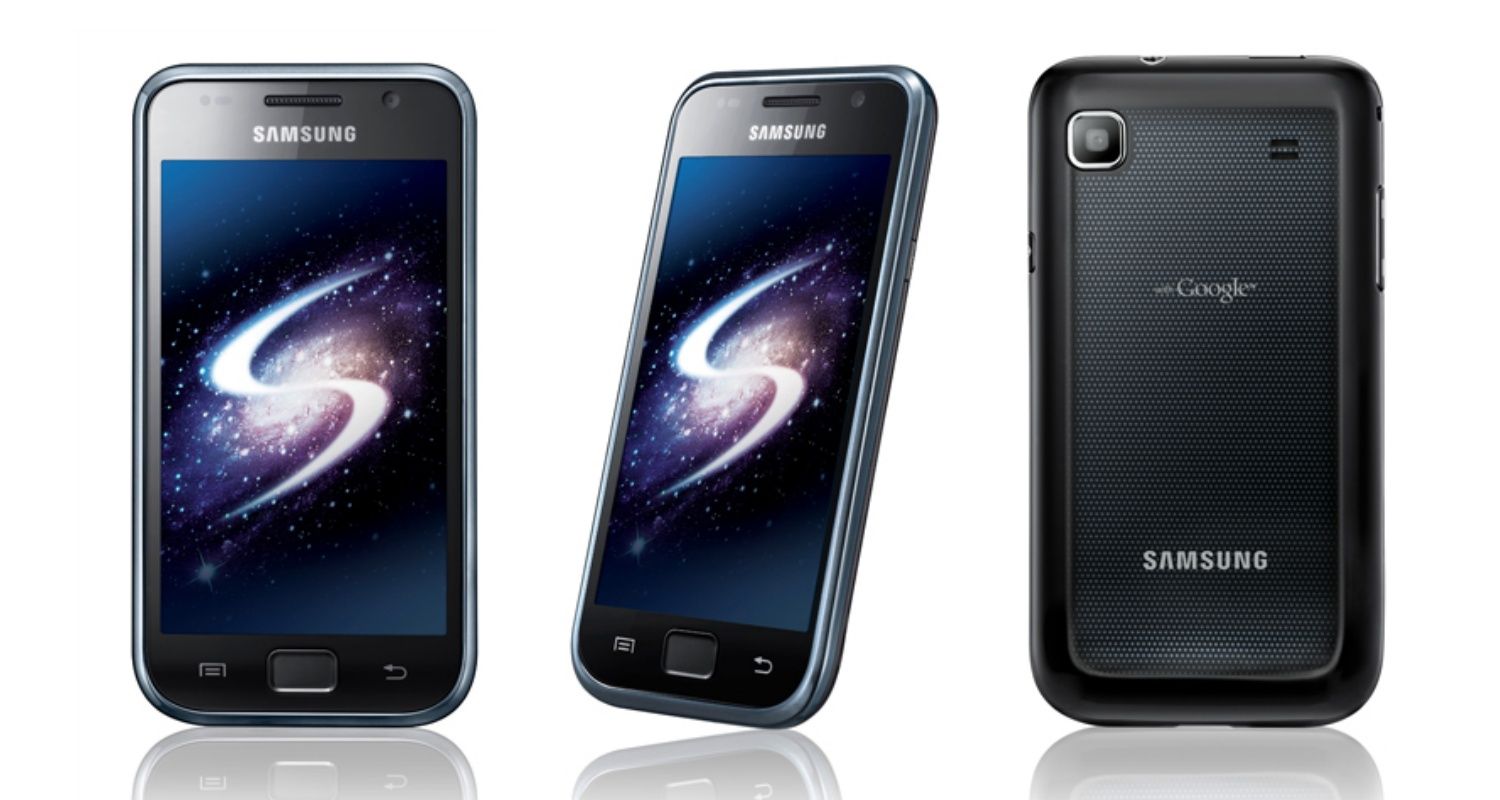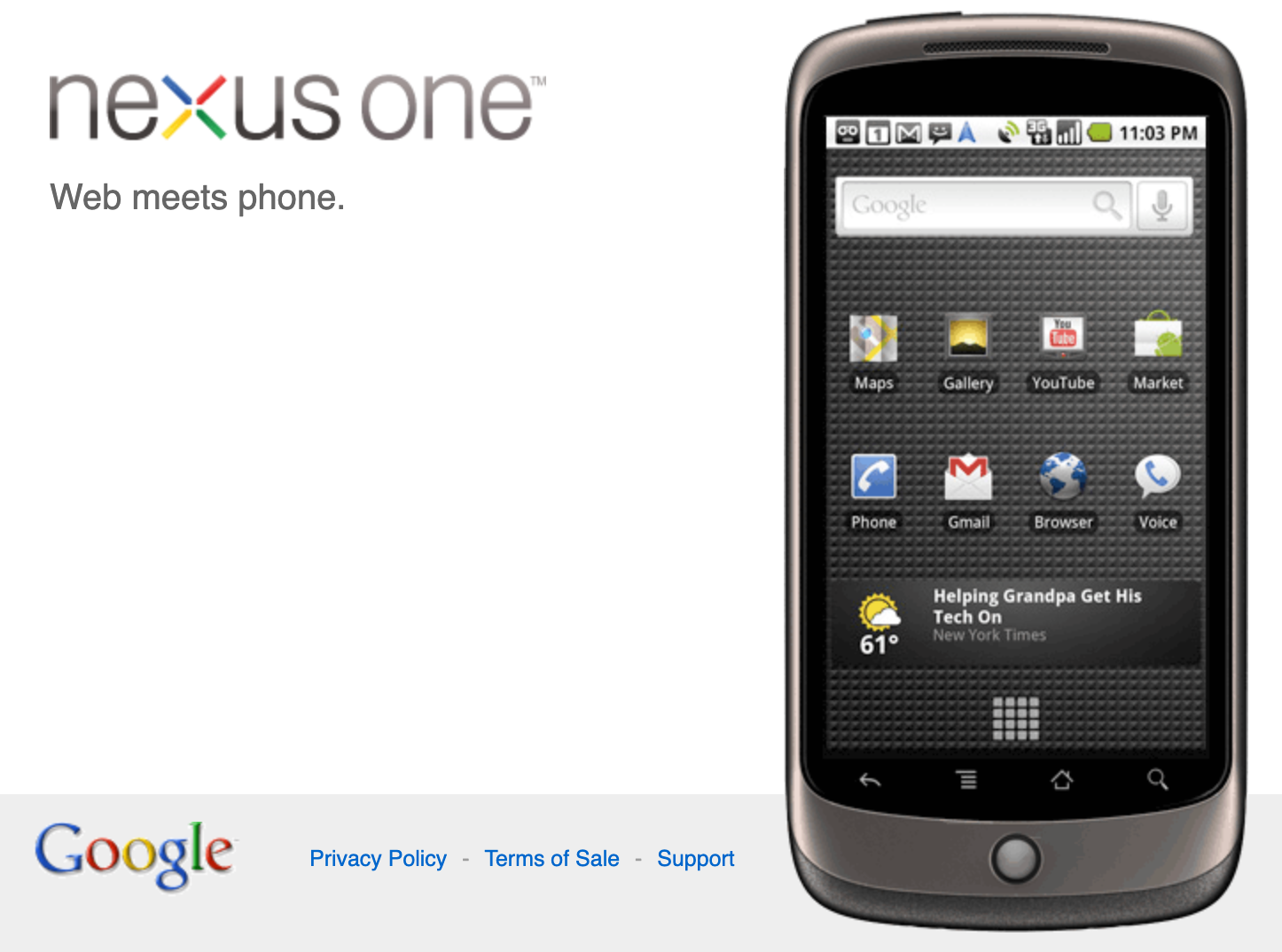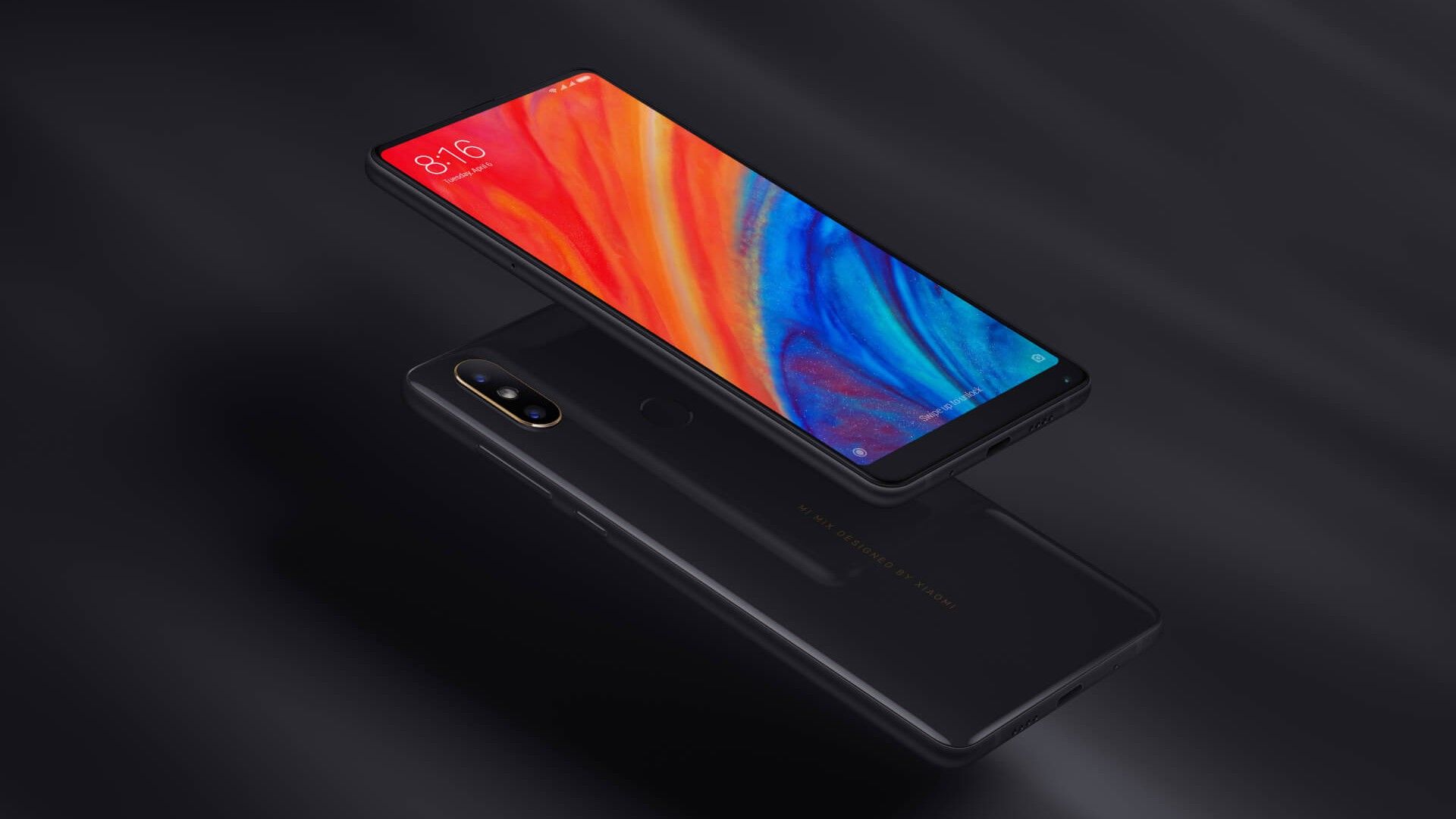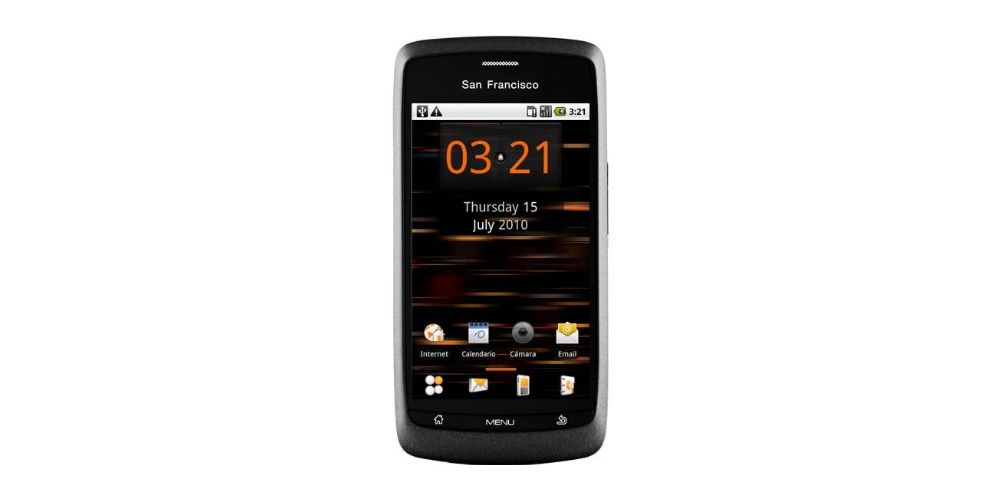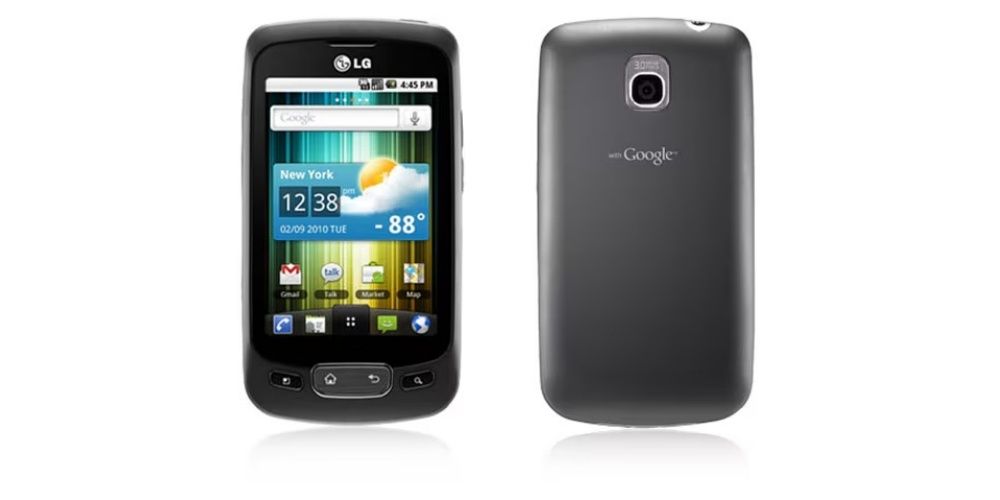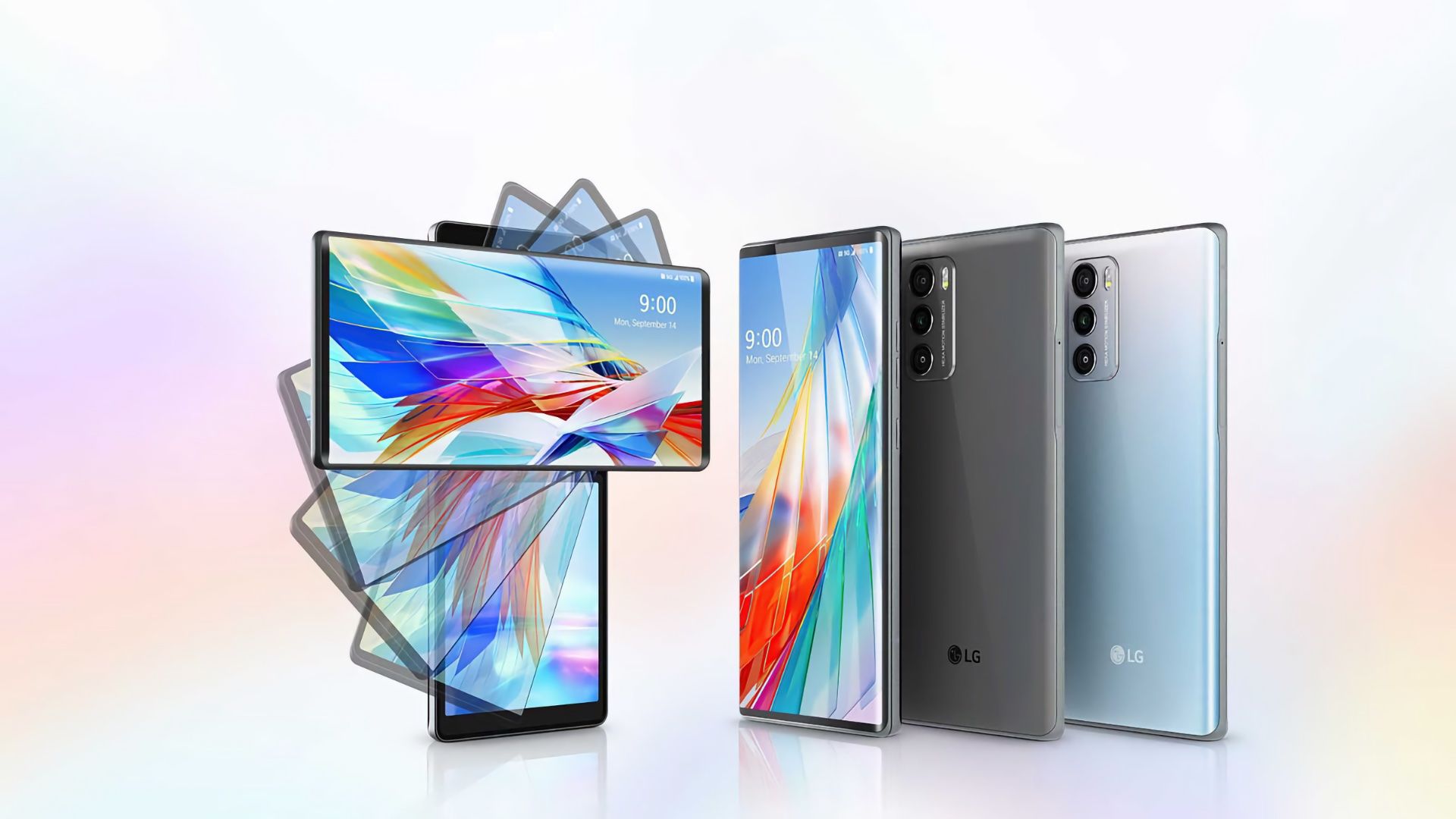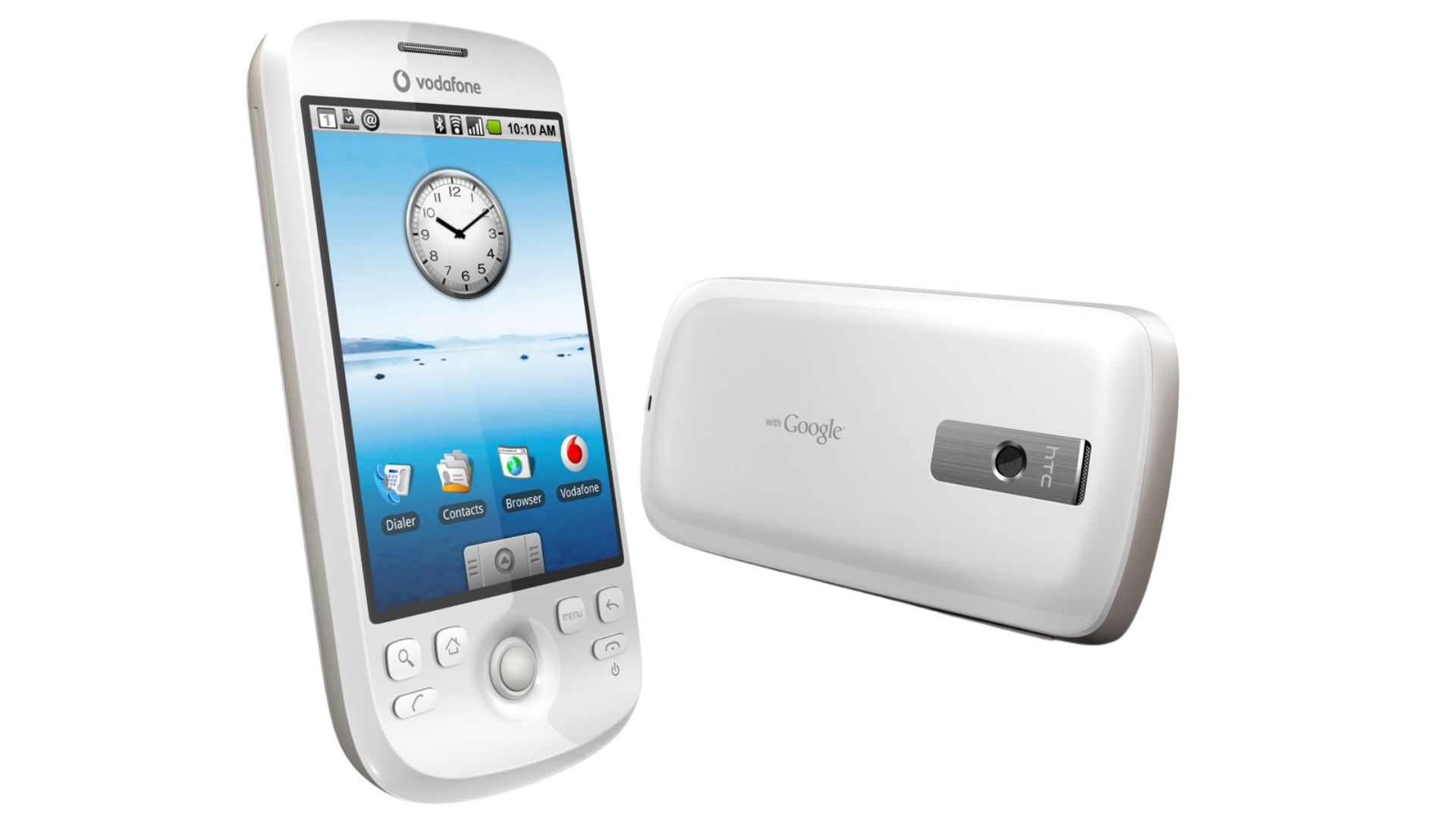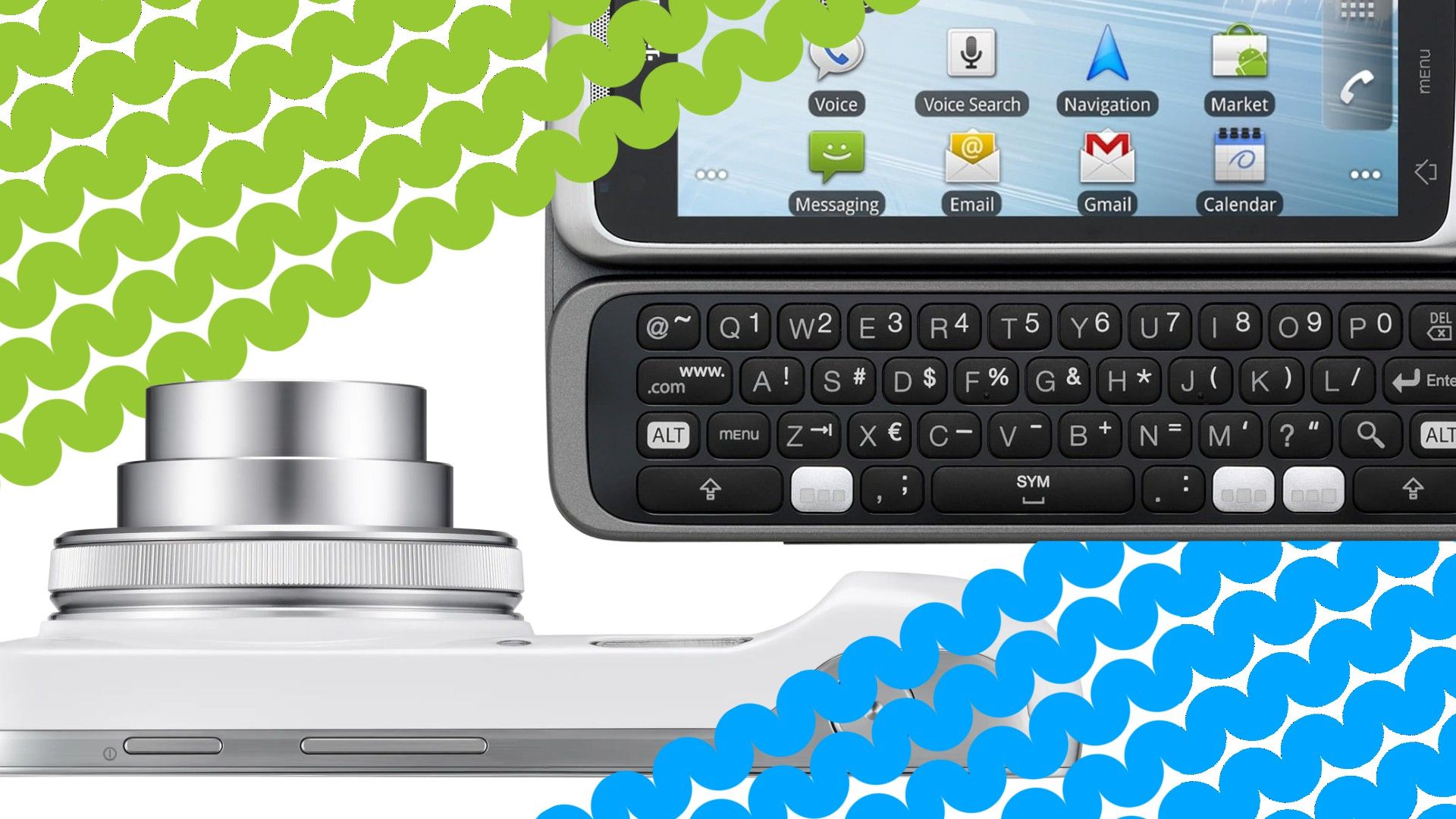With billions of devices worldwide, Android is easily the biggest mobile operating system. But its journey to this point was not without its challenges. When the first Android phone hit the market, the platform was unrefined, lacking features, and still trying to earn favor with app developers.
Android was not just a lone player in the field. It was facing competition from the newly introduced Apple iPhone OS (later renamed to iOS), corporate favorite Blackberry OS, Nokia’s Symbian, Palm OS, and Windows Mobile.
So, Android had its share of growing pains and flops that didn’t resonate with the folks. However, among the various early Android phone launches, there were a few that stood out and provided the platform the needed push and impetus to go beyond its competition.
These phones, both directly and indirectly, played a pivotal role in shaping Android into the dominant platform it is today. Their influence and impact on the platform’s growth and success are undeniable. Without these phones, it’s hard to imagine Android as the massive success that it is today.
1
T-Mobile G1 a.k.a. HTC Dream
Announced on September 23, 2008, the T-Mobile G1 was the first commercially available Android phone. Made by HTC, which has since pretty much disappeared from the smartphone space, it was also released as the HTC Dream in select markets worldwide.
Featuring a slider form factor, it tried to entice the BlackBerry crowd with its landscape AZERTY keyboard and touchscreen enthusiasts (in the wake of the original iPhone launch) with its 3.5-inch HVGA LCD touchscreen display. While it wasn’t a massive hit, it was reasonably popular, with T-Mobile said to be selling more than a million units in less than a year.
Its hardware design was pretty different from a sleek and beautiful first-generation iPhone. It was also barebones in terms of features. However, it managed to be a good showcase of Android’s potential, particularly on the customization and flexibility fronts.
If it had been a dud, it would have been significantly harder for its Android successors to find a place in the market.
2
Motorola Droid aka Motorola Milestone
The Motorola Droid was among the company’s first Android phones. Released in partnership with Verizon in the US, the phone generated a ton of buzz because of the carrier’s aggressive Droid Does campaign, which was aimed squarely at the iPhone. The campaign highlighted features the iPhone didn’t have, but the Motorola Droid did.
The phone packed one of the best displays of the time, and its 550Hz Cortex-A8 processor was considered fast at the time. It also benefited from the presence of Android 2.0, which introduced a faster web browser, free turn-by-turn navigation, and native Microsoft Exchange synchronization.
Thanks to Verizon’s massive marketing push and the Droid’s good performance, the phone was a significant success in the United States, and it’s estimated Verizon sold over a million units in just 74 days of the Droid’s launch. It was the device that many thought should have been the first Android phone.
Although the T-Mobile G1, HTC Magic, and HTC Hero, which were released before the Droid in the US, had a decent success, the Droid was the first big hit for Android and brought the platform into the mainstream consciousness.
The Motorola Droid was also released as the Motorola Milestone in Europe and Asia and garnered significant interest.
3
Samsung Galaxy S
Although Samsung released various Android phones, such as the Galaxy, the Moment, and the Galaxy Spica, in 2009, it was the 2010’s Galaxy S that really put the company’s Android efforts on the map. The Galaxy S had a ton of variants, particularly in North America, where all major carriers released a version with a few little tweaks to differentiate. For example, AT&T released the Captivate, whereas T-Mobile had the Vibrant. Similarly, Verizon had the Fascinate, and Sprint had the Epic 4G. The Galaxy S also became the basis for Google’s Nexus S smartphone.
The Galaxy S and its variants were incredibly popular. Its over 24 million unit sales in the first three years of launch not only helped Android make its mark, but also helped Samsung truly establish itself as a smartphone maker. After the success of the Galaxy S, it was pretty clear that Android was here to stay.
Over the years, the Galaxy S successors have continued to be among the company’s best sellers, and this lineup is by far among the most significant in Android’s history.
4
Google Nexus One
The Nexus One was Google’s first attempt at offering a self-branded smartphone. However, unlike the modern Pixel phones, it was made by HTC, with notes from the search giant. It had stock Android and high-end specifications.
The excitement around the phone, created by leaks and rumors, undoubtedly helped a lot of folks interested in Android. It was also often touted as the Google Phone, despite not being officially marketed as such.
Although the phone got good reviews at launch, it wasn’t a commercial success. One big issue was that folks could only order the phone from Google’s Web Store. There was no way to physically experience the phone, at least initially. It also lacked support for Sprint and Verizon at the time. The phone eventually made its way to I Wireless, a T-Mobile affiliate, stores in the US, but that was too late.
Still, despite being a commercial failure, Nexus One helped Android in many ways. It highlighted the stock Android experience, acted as the developer device that got Android updates before other devices, and became the foundation for Google’s future hardware efforts.
5
ZTE Blade
The initial consumer focus was on high-end and flagship Android phones, and for good reason. The early budget Android phones didn’t really deliver a smooth and snappy experience because of their low-end hardware. However, Chinese smartphone maker ZTE showed with the Blade that Android phones didn’t need to be high-end to stand out. It was released in September 2010, and by 2011, over 8 million units of the phone were sold worldwide. Its sales exceeded 20 million by late 2014.
As ZTE wasn’t a popular name among consumers, the Blade was known mainly by the names of its carrier or rebadged variants, such as Orange San Francisco, Dell XCD35, and SoftBank 003Z.
It was also a modding community favorite, as folks who couldn’t afford or weren’t willing to shell out for a more premium Android smartphone could afford the Blade and experience the platform. It essentially showed the power of Android to a whole new set of consumers.
6
Bonus: LG Optimus One
LG’s entry into the world of Android was later than the likes of HTC and Samsung, and its first couple of launches didn’t really set the market on fire. However, it tasted success with the Optimus One, a budget Android phone, released in late 2010. Like the ZTE Blade, it helped take Android to the entry-level and mid-range buyers.
It wasn’t a particularly exciting smartphone, but it was a good option for budget buyers, thanks to its reasonable performance, capacitive display when resistive screens were typical for budget phones, and almost stock Android.
Like the Galaxy S, all major carriers in the US released the Optimus One with a different name. It was the Phoenix on AT&T, the Optimus S on Sprint, the Optimus T on T-Mobile, and the Vortex on Verizon.
7
Bonus: HTC Magic and Hero
Although the T-Mobile G1/ HTC Dream is often remembered as the phone that started it all for Android, HTC’s next couple of launches, the Magic and Hero, get lost in the mix and don’t get their due. The Magic (aka T-Mobile myTouch 3G) and Hero built upon the foundation created by the Dream and shaped the early Android landscape. Magic was, in fact, the first fully touchscreen Android phone. Both phones had a mainstream and sleek design that was more consumer-friendly than the G1.
The HTC Hero was also the company’s first phone to include Sense UI, a significantly customized skin that showcased how a manufacturer could differentiate its devices from other Android manufacturers.
For all their efforts, the Magic and Hero, despite not being runaway successes, were reasonably popular.
While Android has been present in hundreds, if not thousands, of different phones, the phones outlined above stand as undeniable milestones on this journey. Each helped Android grow and reach the level of mainstream adoption that many of the platform’s competitors never achieved or were able to sustain.
If you’re curious about more such looks into Android’s history, you may want to check out the history of the Android robot, the 10 greatest versions of the platform, and the various Android Easter eggs.


